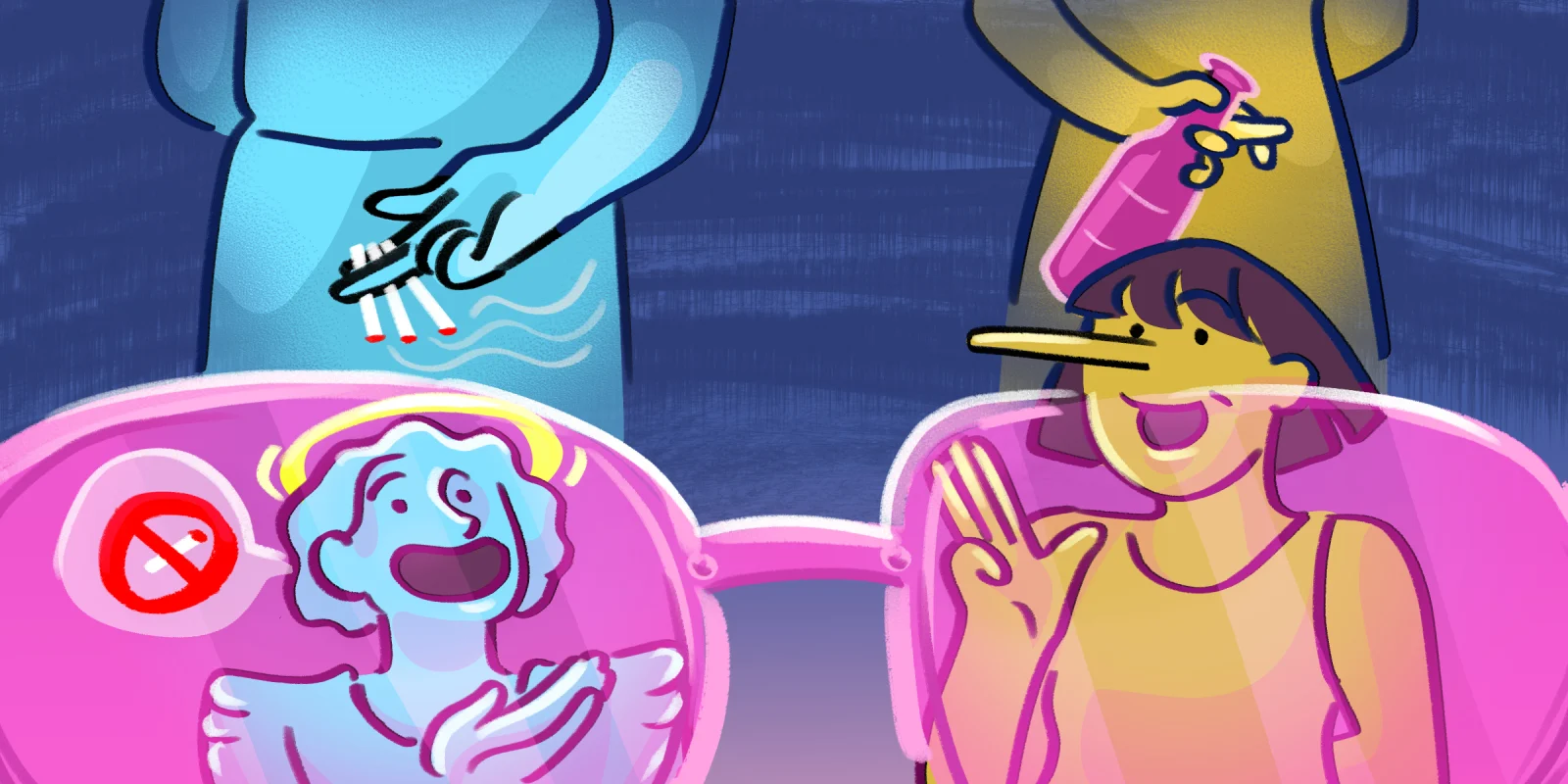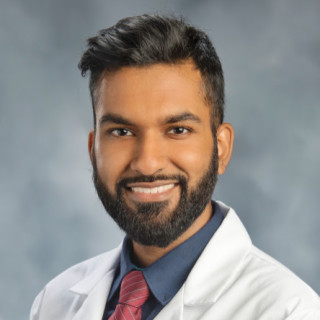I had just finished taking a thorough H&P as a third-year medical student and was presenting the patient to my attending. When I got to the pertinent social history, I relayed the patient’s self-reported alcohol intake of three beers a day.
“Double it,” said my attending.
The third year of medical school marks the first step in a transition from book learning to clinical education. In addition to practicing how to apply one’s newly obtained pathophysiologic knowledge to patients, there begins the slow process of learning the “art of medicine.” The term is often used to describe how some medical decisions are not always based on hard data published in scientific journals, but rather on the very valid experiences of physicians. Learning the art of medicine is often done via the “hidden curriculum,” or non-educational/scientific learning points that students pick up as they advance through their training. As with any new working environment, there are non-technical teaching points that are often given to newcomers.
The hidden curriculum serves other purposes as well — from indoctrinating the next generation into basic professional courtesy (e.g., do not criticize another doctor’s work in front of a patient) to limiting legal liability (e.g., if a patient uses certain phrases in their complaint, they’ve “bought” themselves a specific workup) — and it is integral in maintaining and perpetuating our culture. It enforces the hierarchical nature of medicine, but can also introduce inconsistencies. Medical students, for example, are taught to speak up for patient safety in theory, but often don’t feel comfortable doing so in practice. What I have noticed, also, is that the hidden curriculum contributes to the slow onslaught of apathy and disillusionment amongst health care professionals.
My experience above — “double it” — exemplifies an early introduction to the hidden curriculum. The first lesson was simple: whatever alcohol intake a patient admits to, double it. This could be to account for patients being unable to truly estimate their daily drinking from memory, an inherent embarrassment to admitting their true habit, or from an intentional withholding of information for reasons unknown. But it also signaled to me that subjective claims made by a patient should almost always be questioned, and, unfortunately, my later experiences validated the lesson. This was a stark difference from the approach to the patient encounter we were taught in medical school, which emphasized listening intently to patients’ long-winded histories — and believing them. In transitioning from training to practice, trainees must unlearn many idealistic behaviors, as the real world requires practical and applicable skills. Although this unlearning process prepares medical students to deal with real patients with real problems in the real world, I feel it also contributes to the phenomenon of physicians becoming jaded the longer they practice. I would venture to say that a physician can interact with patients through a veil of distrust for only so long until this practice begins to alter their worldview.
Another example is from my early days on the internal medicine floors when I was intaking a new admission. My senior resident mentioned a few red flags that might indicate a difficult patient: a long list of “allergies” to less potent pain medications was an obvious one, but another was a history of fibromyalgia. According to the hidden curriculum, these patients are quick to complain and difficult to treat, sometimes labeled as “crazy.” (After rotating with rheumatologists who specialize in treating fibromyalgia, I now think this early lesson is more a reflection of our poor understanding of a complex disease process with biopsychosocial characteristics, and of the patients who suffer from it.) In the case of fibromyalgia patients, certainly, the hidden curriculum works against quality patient care by wrongfully labeling patients with a particular diagnosis as difficult, preemptively undermining the doctor-patient relationship. For an early learner, this perpetuates cultural ideas that are detrimental to the profession.
In my experience, losing the bright-eyed idealism with which some medical students enter the field is part of becoming an astute physician. We are taught through the hidden curriculum that patients can be liars, alcoholics, and malingerers. Yes, we also learn that addiction is a disease and needs to be treated as such, but the stigma from this shifting paradigm has been slow to change. Over time, as residents progress from spending hours on a single admission to seeing a higher and higher volume of patients, the interpersonal and human connection in each interaction is difficult to hold onto. With the progression to attending, each encounter is assigned an ICD-10 code and dollar amount, further distracting from the doctor-patient relationship. The end result is a practice of medicine that can, at times, dehumanize, demonizing patients for their struggles (especially addicts and those with poorly understood pathologies), leading to a breakdown of trust and a loss of physician satisfaction in the work.
I would argue that it takes active effort to have meaningful connections with patients in the modern health care system, lest one get swept up by the high-volume caseload, medical-legal defensive practices, and the commoditization of physicians and their work. I have felt myself losing the idealism I once had, becoming more skeptical of patient-reported histories, motivations, and compliance. This is in addition to the mounting distrust of hospital administrators, practice managers, and elected officials. These changes in my outlook have been, in part, from my experiences in the real world of medicine, which is a far cry from the utopian environment I envisioned in medical school. However, the loss of my idealism has helped me adjust my treatment approaches to meet patients where they are in a realistic manner.
Though imperfect, the culture of medicine in the U.S. is perpetuated by the hidden curriculum. Regardless of the specialty in which you are training, the hidden curriculum does well what it was designed to do: teach the art of medicine, perpetuate the medical hierarchy, and prepare burgeoning doctors for real-world practice. Whether it is “see one, do one, teach one” in surgery, or assigning medical students to menial floor tasks, it is prudent to think critically about which aspects of the hidden curriculum we choose to pass on, and the lasting impact it will have on learners and patients.
What lessons have you learned and taught in the hidden curriculum? Share in the comments section.
Dr. Bakhsh is dedicated to ending the healthcare disparities faced by our most vulnerable populations. His focus includes the interplay between race, socioeconomics, culture, environment, and public health. He was born and raised in Chicago where he earned bachelor's degrees in statistics and environmental sciences from Northwestern University. He completed medical school at Rush University and ophthalmology training at Beaumont and will be starting Vitreoretinal Surgery fellowship at Indiana University. He is a 2020–2021 Doximity Op-Med Fellow.
Illustration by April Brust







